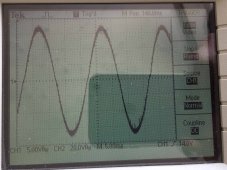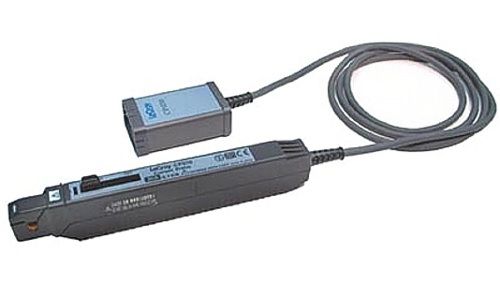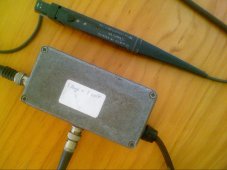Typical transformer design is half the loss due to wire resistance and half due to core losses. Not all manufacturers follow this rule of thumb.
Total loss can run from 2% to 10% of rated power depending on physical size and quality of transformer.
You need to estimate the wire winding length to get the total winding loss. Two ways to approach that. Based on gauge, measured resistance /resistance per foot, or approximate average winding layer circumference x number of listed turns x resistance per foot of wire gauge.
This is only for the 26V toroid winding driven by the mosfets:
When I was winding it, I used a small piece of wire wrapped once on the "circumference" of where the winding will be. It is 14 inches. So:
Magnet wire length (in inches) = circ. x no of turns + lead length(2) = 14 x 19 +7(2) = 280 inches.
Magnet wire length (in feet ) = 280/12 = 23.33 feet
For awg #14 ohms per 1000 ft = 2.525 ohms or .002525 ohm per ft.
So, for 23.33 ft it is 23.33 x .002525 = .0589 ohm
Since I am using 20 strands, winding resistance = .0589 / 20 = .00294 ohm.
The inverter 24 mosfet H-bridge uses HY4008 with and RDSon = 2.9 mOhms (typ). At any one time 6 hi side and 6 lo side mosfets will be on.
So hi side RDSon = lo side RDSon 2.9 / 6 = 0.483 mOhms
Total RDSon = 0.483 x 2 = 0.967 mohms or .000967 ohm.
Unknown resistances are choke winding, lug connections, circuit breakers, etc.
So, I think the easiest is to complete the assembly and measure battery current at no AC load and at full AC load, then calculate the VAs.









